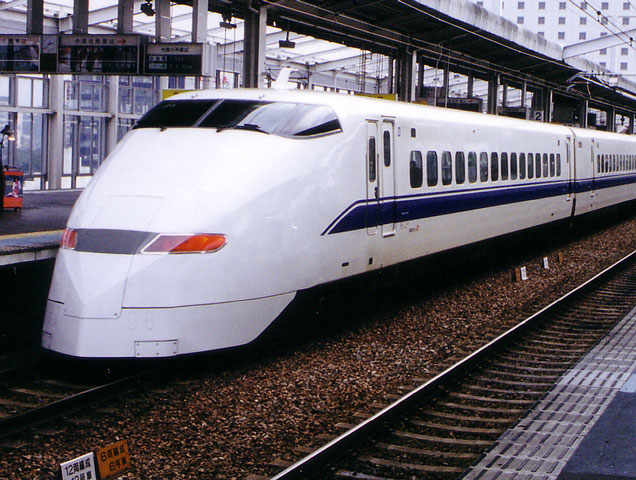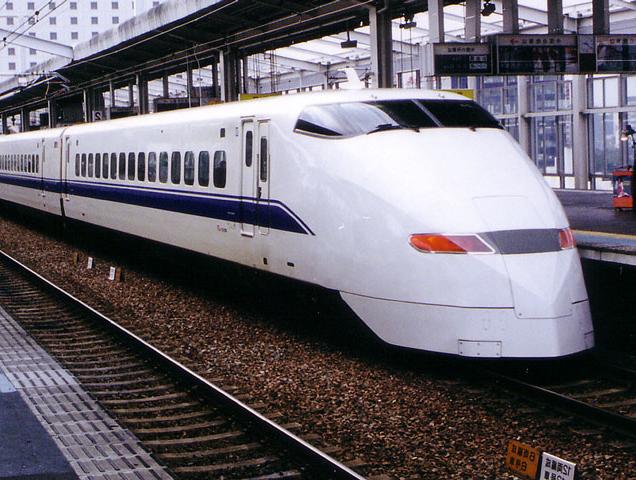EVOLUTION OF THE INTERIORS OF THE TERRESTRIAL PLANETS |

|
EVOLUTION OF THE INTERIORS OF THE TERRESTRIAL PLANETS |

|
Around 4.5-4.6 billion years ago, the Terrestrial planets formed through the coalescence of small solid particles into planetesimals and then through the accretion of the planetesimals into protoplanets, planet-sized objects.
The protoplanets were unable to capture and hold gases because of their small masses and the high temperature of the inner Solar Nebula.
The formation process led to an initially homogeneous set of bodies, that is, objects where the chemical elements were mixed together.
Around the time the planets were nearly formed,
their interiors started to melt
(or at least become soft) through:
Chemical differentiation took place in the molten Earth. The reason it occurs is easy to understand; dense material sinks while less dense material floats. For example, in a glass of water, metals sink because they are denser than water. Things like cork and wood float because they are less dense than water.
Chemical differentiation (1) started around 500 million years after the Earth's formation as heating primarily due to accretional heating and radioactive decay, raised the interior temperature of the Earth to around 3,000 F even at depths as small as 500 or so kilometers. At these temperatures, iron melts. (2) The iron and other heavy elements then slowly sank to the Earth's core and lighter materials like silicates and volatile elements rose, separating themselves. The volatiles were eventually released at the surface of the Earth through volcanism contributing to the formation of our atmosphere and oceans. (3) The slowly sinking iron gained energy as the Earth's gravity pulled it downward, the iron releasing the energy through friction as it sank. This release of energy helped to melt the core in addition to the energy release from the decay of radioactive nuclei.

(4) This meant that dense elements sank to the center of the Earth, less dense materials moved closer to the surface where they could crystallize, and volatile materials floated to the surface and were released through volcanism. The above steps led to the three-layered structure of the Earth, layers defined by their chemical compositions

|
|
Because the Earth is hottest at its center and coolest at its surface, heat flows outward from the core to the surface of the Earth. There are three ways for heat to flow:
That energy is carried by convection in the athenosphere beneath the lithosphere turns out to be very important. These large-scale mass motions produce the plate tectonics found on the Earth. |
 |

|
|
Moonquakes do not happen for the same reasons as do Earthquakes. The Moon does not have active geology as does the Earth. This is due to the fact that the Moon has a fairly cold interior. For planets, in general, this is a determining factor as to whether they show active geologies. The geological activity of a planet is driven by the heat flow from the interior to the surface. It is the size (diameter) of a Terrestrial planet determines how fast it cools and therefore how hot it will be at any given age.
Compare the Terrestrial planets, Mercury, Venus, the Earth, Moon, and Mars:

Although all Terrestrial planets are divided into the crust, mantle, and core where the crust and mantle are composed of silicates and the core composed of primarily iron, the relative sizes of the cores of the planets changes systematically. The iron core compared to the total mass of the planet is 75% for Mercury, 33% for Venus and Earth, and 20% for the Moon and Mars. This trend naturally reflects the kinds of materials that can remain solid as the temperature increases as one moves toward the center of the Solar Nebula. However, this alone does not explain why Mercury contains so much iron compared to its mass when compared to the other Terrestrial planets. Different workers have suggested that perhaps a large impact early in Mercury's history may have lowered to the mantle mass or perhaps the magnetic field of the young Sun may have affected the early concentrations of iron in the Solar Nebula. This question is more than of esoteric interest because a strong conducting material like iron in the core of a planet is needed for a strong planetary magnetic field. As we find later (for Mars), the existence (or lack) of a magnetic field plays a crucial in the evolution of the atmosphere of a Terrestrial planet.

